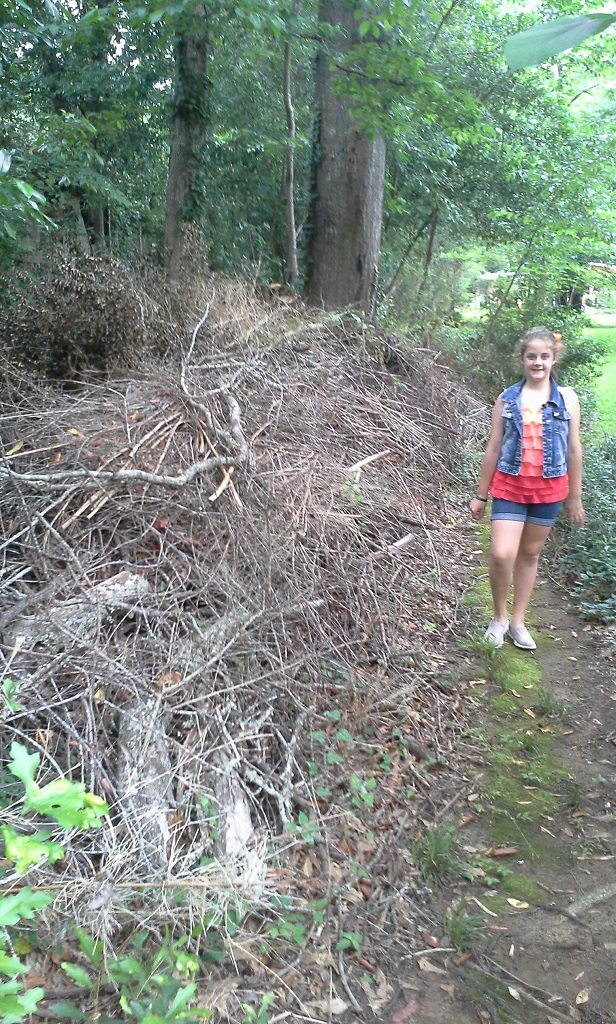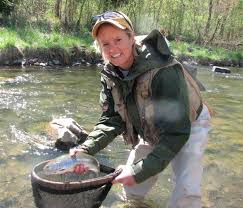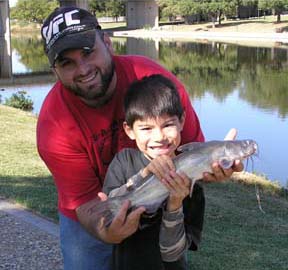Brush Piles for Backyard Birds
Thursday, June 16th, 2016This is Passport to Texas
If you’re a suburban or urban bird lover who maintains an extremely tidy landscape, don’t be surprised if interesting birds don’t flock to your yard.
Yeah, tidy yards don’t always attract good birds. Wanted birds.
Cliff Shackelford is Texas Parks and Wildlife’s non-game ornithologist.
A lot of people have their golf course looking lawn and they just get great tailed grackles in some of these cities. But, what we recommend for urbanites is keep a little brush pile.
When you’re doing yard work, instead of sending fallen branches and deadwood, or cuttings from pruning trees or shrubs to the landfill, use them to create a sanctuary.
For some birds that like thickets and hiding places, those brush piles are good. And, also think about in the breeding season; there’s nest material that they can break off from those brush piles.
Don’t worry about your HOA—just keep the bush pile in the backyard away from prying eyes. And in rural areas, create habitat for thicket-loving birds by leaving shrubs and brush growing along fence rows.
There are a lot of birds that really like that cover. A lot of native sparrows and wrens and quail and thing that like the brushy edges. So, keep brush piles when you can and keep your fence rows brushy when you can.
The bigger the brush pile the better for the birds, but even a small brushy patch is better than nothing. That’s our show… Funding provided in part by Ram Trucks. Guts. Glory. Ram
For Texas Parks and Wildlife…I’m Cecilia Nasti.






 Passport to Texas is a
Passport to Texas is a  Passport to Texas is made available by:
Passport to Texas is made available by: